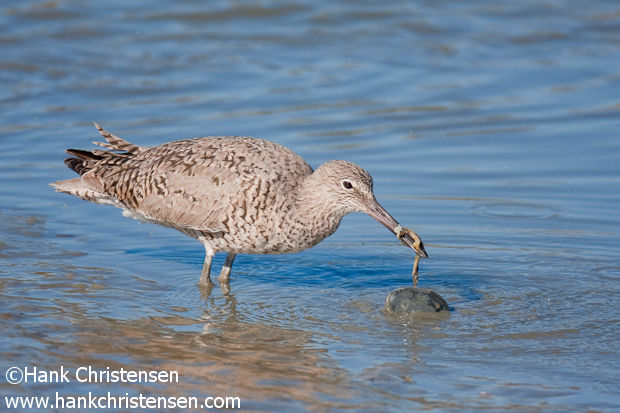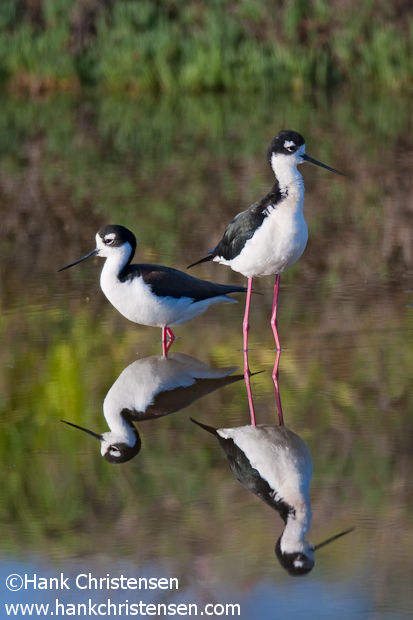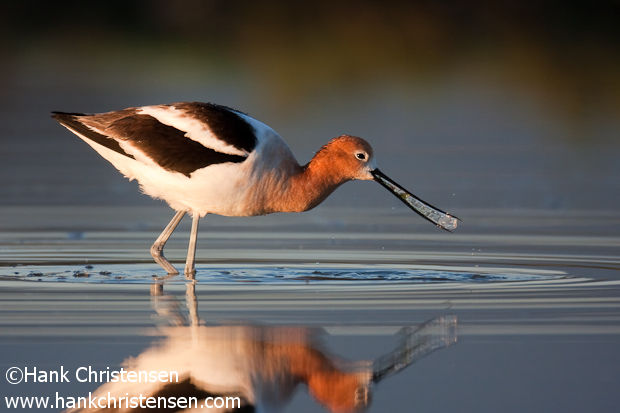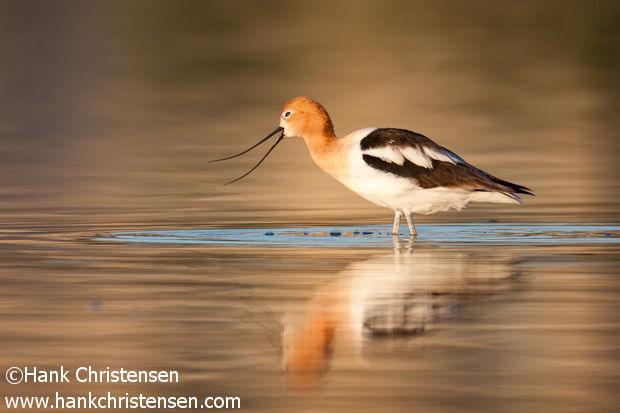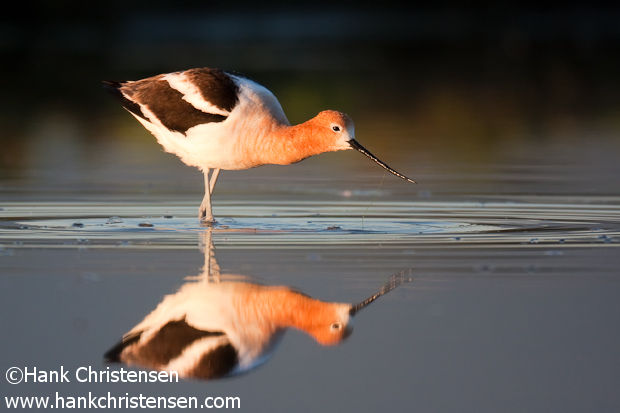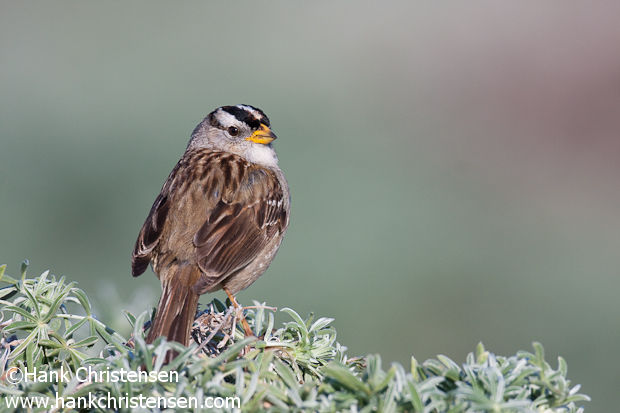
This week’s photo was taken during my recent trip to Salt Point State Park. There were quite a few of these sparrows flitting around from bush to bush, some of them stopping occasionally to sing out at the top of their tiny lungs.
With bird photography, my goal, whenever possible, is to try to be close to the subject’s eye line. In this case, it was easy, as the top of the bush was about 5 feet off the ground. My camera was therefore also at about 5 feet, so that the lens looked directly into the bird’s eye. When birds are at ground level, I try to get very low, either kneeling behind my camera or sometimes down on my stomach (which can get quite dirty!) In these cases, my tripod legs are at their shortest, and splayed out to each side so that the tripod head is just off the ground. I find this simple concept can really give the viewer more of a connection to the photograph.

